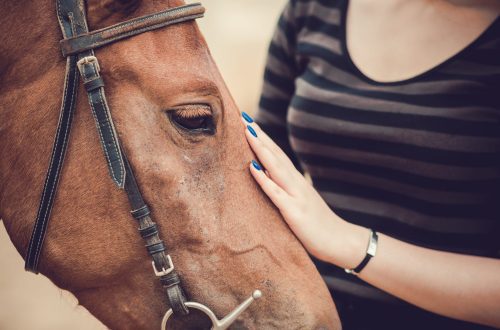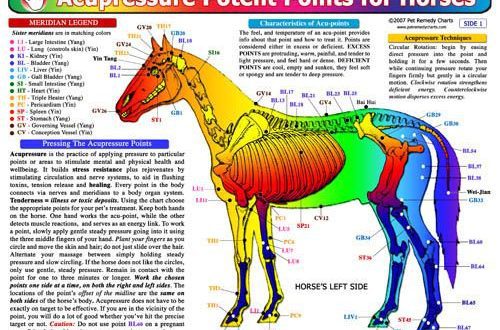
Lightweight lynx – what is it?
Lightweight trot, it is drill, this is when, when a horse moves in a two-stroke gait — trot, the rider rises above the saddle, skipping one of the shocks.
Interestingly, until the 17th century, such a concept did not exist in dressage. This is due to the appearance of faster amplitude English horses and the need to level the inconvenience received by the horse from the rider during a fast, sweeping trot, especially for a long time, for example, in parforest hunting.
In our time, doubts have arisen whether the rider’s rising really facilitates the work of the horse, and not vice versa harms the increasing point impact. Studies by German veterinarians have dotted the i’s in this area, and now we can say with confidence that “yes, standing up makes the horse’s work easier”, otherwise the horses themselves seem to have always been sure of this, because. move in a light trot, as a rule, much more relaxed, especially at the beginning of work.
Since the trot is a two-stroke gait, the pushes of the right and left diagonals alternate, you can get up, respectively, under the right (the rider sits down at the moment the right hind leg is lowered to the ground) or the left diagonal. When moving in the arena or along the volt, they differ as external and internal.
In the next article, I will tell you whether it is important under which leg to lighten up, and how to understand which leg you lighten up under.
- MakeMore 10 February 2021 city
And there is the same name in the yachting sport “some maneuvers”. I advise you to try to get together with the entire equestrian community, and go to the seas to rent a yacht, for example, here https://2yachts.com/ for a week, for 10 people, fortunately, now there are still warm countries that allow tourists. Response





